A reliable furnace is essential for keeping your home warm during cold seasons. However, like any other appliance, furnaces can encounter problems that may disrupt their operation. Knowing how to identify and troubleshoot these issues can save you time and discomfort.
No Heat or Insufficient Heat
Common Causes
When your furnace fails to produce enough heat or doesn’t heat at all, several issues could be at play. One common cause is a faulty thermostat. If the thermostat is not set correctly or is malfunctioning, it may not signal the furnace to produce heat. Another potential cause is a dirty filter. Clogged filters restrict airflow, making it hard for the furnace to circulate warm air.
Other possible culprits include problems with the pilot light or ignition system. If the pilot light is off or the ignition system fails, the furnace won’t produce heat. Additionally, issues with the gas supply or burners can also result in no heat or insufficient heat from the furnace.
Troubleshooting Steps
Start by checking the thermostat settings. Ensure it is set to “heat” and that the temperature is higher than the current room temperature. If the thermostat runs on batteries, replace them and see if that resolves the issue.
Next, inspect the air filter. If it appears dirty or clogged, replace it with a clean filter. A clean filter not only improves airflow but also enhances the furnace’s efficiency. Check the pilot light if you have a gas furnace. If it is out, try to relight it according to the manufacturer’s instructions. If the pilot light doesn’t stay lit, there may be a more significant issue with the ignition system that requires professional attention.
If these steps do not resolve the problem, it is best to contact our professionals. Issues like gas supply or burner problems should be handled by our technicians to ensure safe and effective furnace repair.
Frequent Cycling
Possible Reasons
Frequent cycling, where the furnace turns on and off rapidly, indicates an issue with the system. A common reason for this is a thermostat problem. If the thermostat is malfunctioning or is located in a spot that affects its readings, it may signal the furnace to cycle on and off more frequently.
Another possible cause is an oversized furnace for your home. If the furnace is too large, it will heat the space quickly and then shut off, leading to short cycling. Dirty filters can also cause frequent cycling. Restricted airflow forces the furnace to work harder and shut down more quickly to prevent overheating.
Solutions to Consider
Begin by examining the thermostat. Ensure it’s properly calibrated and located in a central area, away from direct sunlight, drafts, or other heat sources that might affect its performance. If the thermostat seems fine, check the air filter next. Replace it if it’s dirty to improve airflow and help the system run more smoothly.
If the furnace continues to cycle frequently, it may be too large for your home. Though this issue is more complex and may require the expertise of our technicians, upgrading to a system that suits your home’s size can resolve the problem.
Another consideration is the blower motor. If it’s not functioning correctly, it could cause the furnace to short cycle. Inspecting and repairing or replacing the blower motor might be necessary. For this, it’s advisable to seek the assistance of our professionals, who can diagnose and fix the problem accurately.
Unusual Noises
Types of Noises and Their Meanings
Furnaces can produce various unusual noises, each signaling a different issue. A banging noise often indicates that there’s a problem with the furnace’s ignition. When gas builds up before ignition, it can cause a loud bang. Rattling sounds, on the other hand, may suggest loose parts like panels or screws, which can cause vibrations within the furnace.
A high-pitched squealing noise usually points to a problem with the blower belt or motor. This noise indicates that the belt may be worn or that parts within the motor need lubrication. Meanwhile, a scraping sound could mean that the blower wheel is hitting something or is damaged, requiring immediate attention.
How to Address Them
Addressing these noises involves a series of checks and fixes. For banging noises, ensuring the burner is clean and the gas pressure is correct can resolve the issue. If you hear rattling, inspect the furnace for any loose panels or screws and tighten them as needed.
For squealing noises, check the blower belt for signs of wear and replace it if necessary. Lubricating the blower motor can also help alleviate this noise. Scraping noises should be addressed by inspecting the blower wheel for damage. Aligning or replacing the wheel as needed can resolve the issue.
When noises persist or the cause is unclear, it’s best to contact our professionals. Our technicians can accurately diagnose and fix the problem, ensuring safe and efficient furnace operation.
Pilot Light and Ignition Issues
Identifying Problems
Pilot light and ignition issues are common in both older and newer furnaces. A common problem with older models is the pilot light going out frequently. This can be due to a draft, a dirty pilot orifice, or a faulty thermocouple. For newer models, electronic ignition failures can occur, causing the furnace to fail to start.
If the pilot light is yellow instead of blue, it could indicate a problem with the gas mixture or a dirty burner. Identifying these issues early is crucial for the safe operation of your furnace.
Recommended Actions
Start by checking if the pilot light is lit. If it’s out, relight it according to the manufacturer’s instructions. Ensure the area around the pilot light is free from drafts. If the issue persists, cleaning the pilot orifice can help improve the light’s stability.
For thermocouple issues, replacement is often necessary. This component ensures the pilot light stays lit by detecting whether the flame is active. Replacing a faulty thermocouple can resolve the issue. In electronic ignition furnaces, checking the ignition system and replacing defective components can restore functionality.
If these actions don’t resolve the problem, contacting our technicians is essential. Our professionals can troubleshoot and repair pilot light and ignition issues to ensure your furnace operates safely and efficiently.
Conclusion
Identifying and addressing common furnace problems is crucial for maintaining a comfortable and safe home environment. From no heat or frequent cycling to unusual noises and ignition issues, knowing the common causes and troubleshooting steps can help you keep your furnace in good working order.
If you encounter any of these problems or need further assistance, our technicians are here to help. Contact Perfect Climate Heating, Air & Plumbing for professional furnace repair in Chandler, IN, to ensure your system runs efficiently and reliably.



